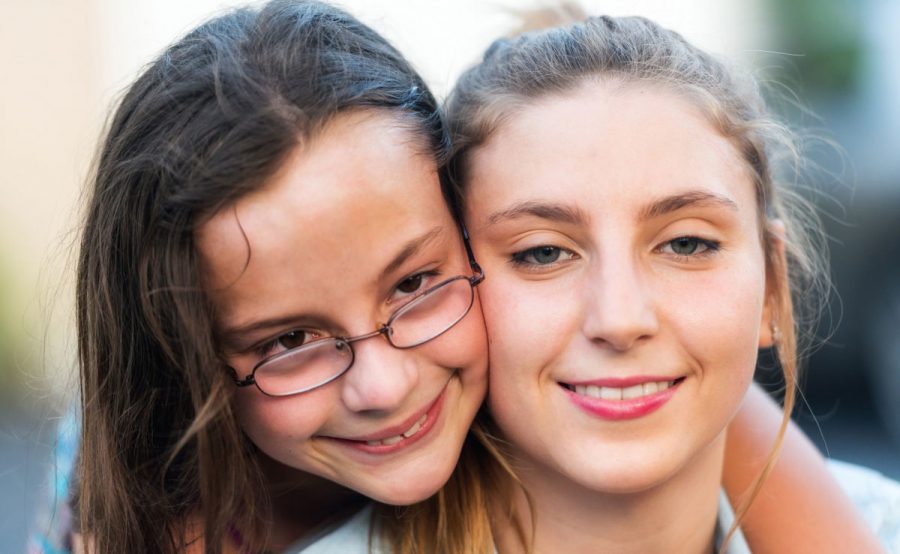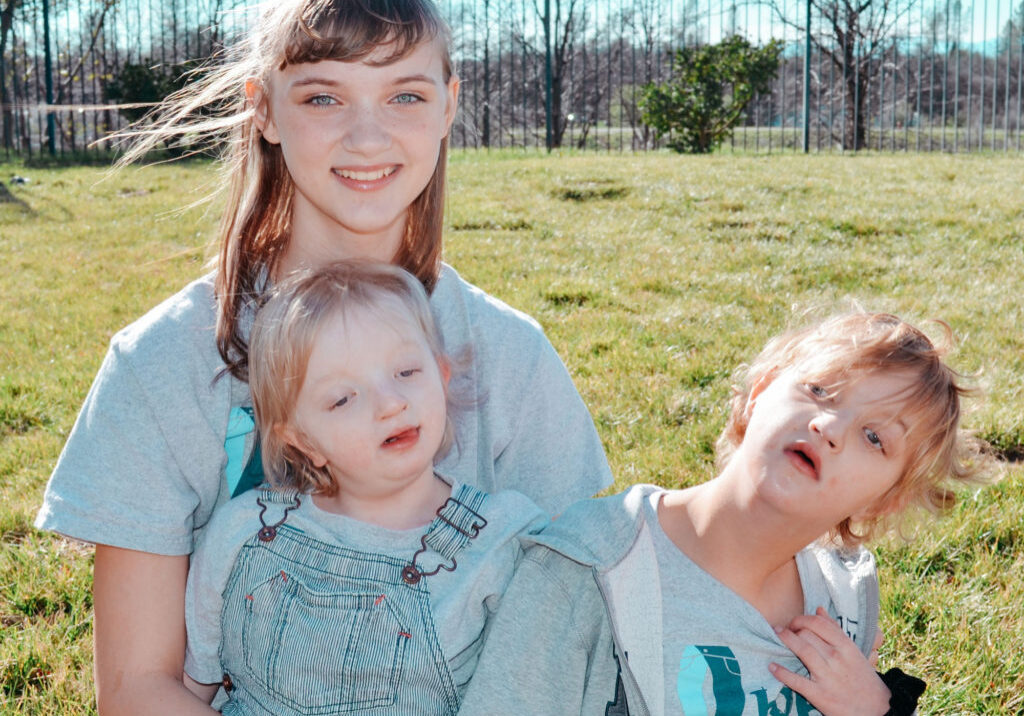These are strange times we are living in currently. I can tell you from experience that parents of children with special needs are used to the unexpected. We are not novices at having to problem solve on the fly, but even we were thrown for a loop with COVID-19 and all the changes that it brought.
Our kids are used to structure and routine; they thrive on it. COVID-19 came along and threw a monkey wrench into life as they know it. School, therapies, friends and outings in the community are on indefinite hold. The unknown to a child on the autism spectrum often means increased anxiety, and with COVID-19, there seem to be endless unknowns.
Since every child on the spectrum is unique, there is no one-size-fits-all approach to explaining a pandemic. For our daughter, who is in seventh grade, I went with a social story. I found a template on the internet. As I do with all her social stories, I personalized it for her because she responds better if they have familiar things in them. Our social story revolved around the importance of staying home. Some online story templates go into more detail about COVID-19 itself, and some are extremely basic. You will find many wonderful ones to choose from to fit your child’s individuality.
There has been a lot of emphasis on hand-washing as a precaution with COVID-19. Since many children on the spectrum, especially the younger ones, need assistance with activities of daily living (ADLs) and personal hygiene, it can be challenging to make sure they are washing for the recommended twenty seconds. We took the suggestion of singing the “Happy Birthday” song twice, and it has made the task a lot easier.
Another possible COVID-19 related obstacle for kids on the Autism spectrum may be having to wear a mask in certain places. Many children and young adults with autism have sensory issues and will probably resist wearing a face mask to the point of a colossal meltdown. Since wearing masks in places like physicians’ offices and clinics may be the norm for a while, one suggestion is to have them practice wearing one for a few minutes—even a few seconds—at a time at home to gradually increase their tolerance of it.
For examples of social stories regarding COVID-19, as well as other resources visit the National Autism Association
Posted in: Uniquely Us
Comment Policy: All viewpoints are welcome, but comments should remain relevant. Personal attacks, profanity, and aggressive behavior are not allowed. No spam, advertising, or promoting of products/services. Please, only use your real name and limit the amount of links submitted in your comment.
You Might Also Like...
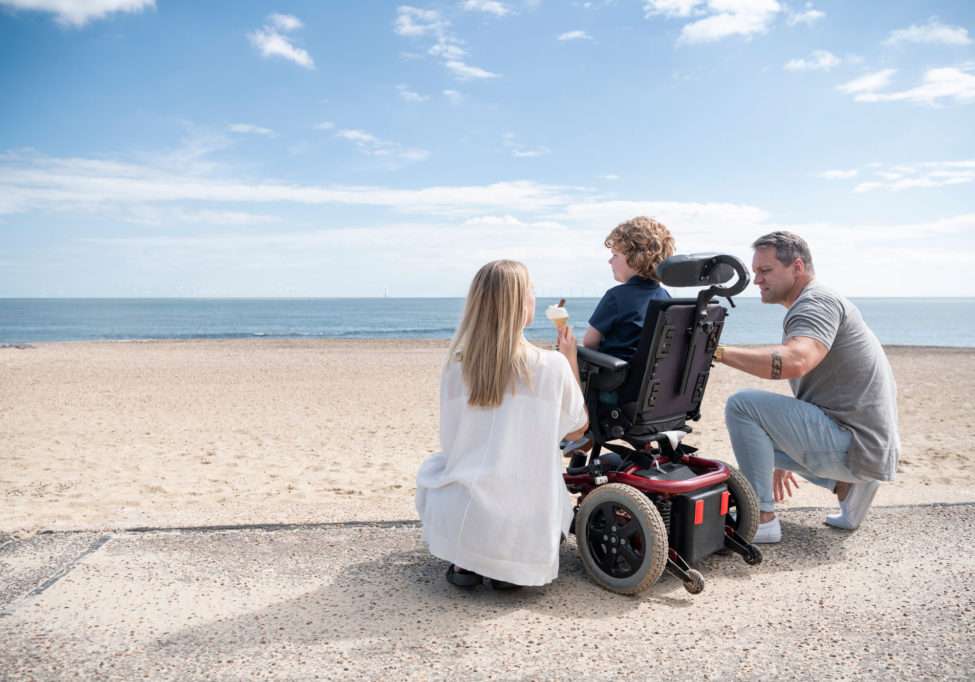
Special Needs Parenting: Financial Planning for The Future
Financial Planning for Children With Special Needs One of the most challenging aspects of special needs parenting is deciding what will happen to our kids when we’re unable to care […]

Letting Go of Guilt: Embracing Self-Care When Parenting Children with Disabilities
You cannot serve from an empty vessel.” – Eleanor Brownn. This quote rings true for most parents, particularly those who are caring for children with disabilities. Parenting is an all-consuming […]
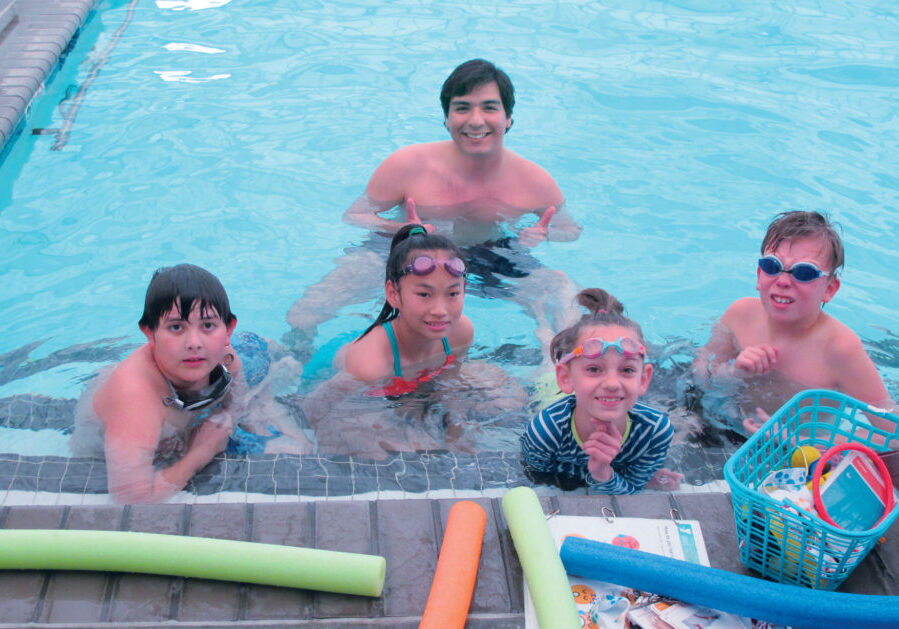
Summer Programs for Kids with Diverse Abilities Allow Them to Thrive
Summer can be a challenging time for parents of children with special needs. While other families plan vacations and days at the beach, parents of children with special needs are […]
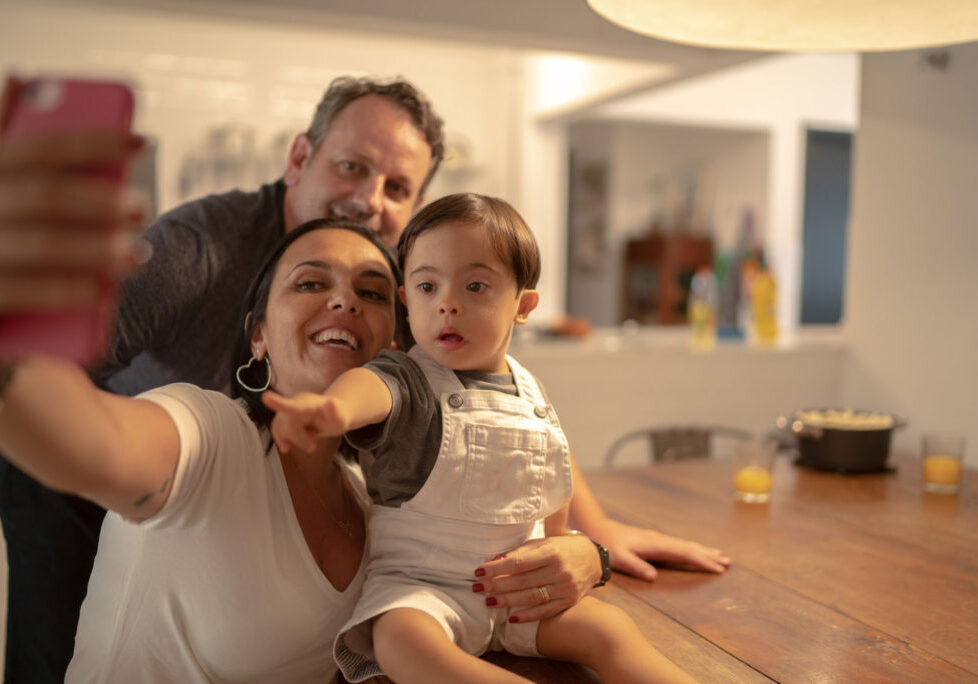
Strengthen Your Relationship When Raising a Child with Special Needs
Raising a child with special needs is equally difficult and rewarding. The daily challenges of parenting a child with special needs can be taxing, leaving parents feeling physically, emotionally, and […]



